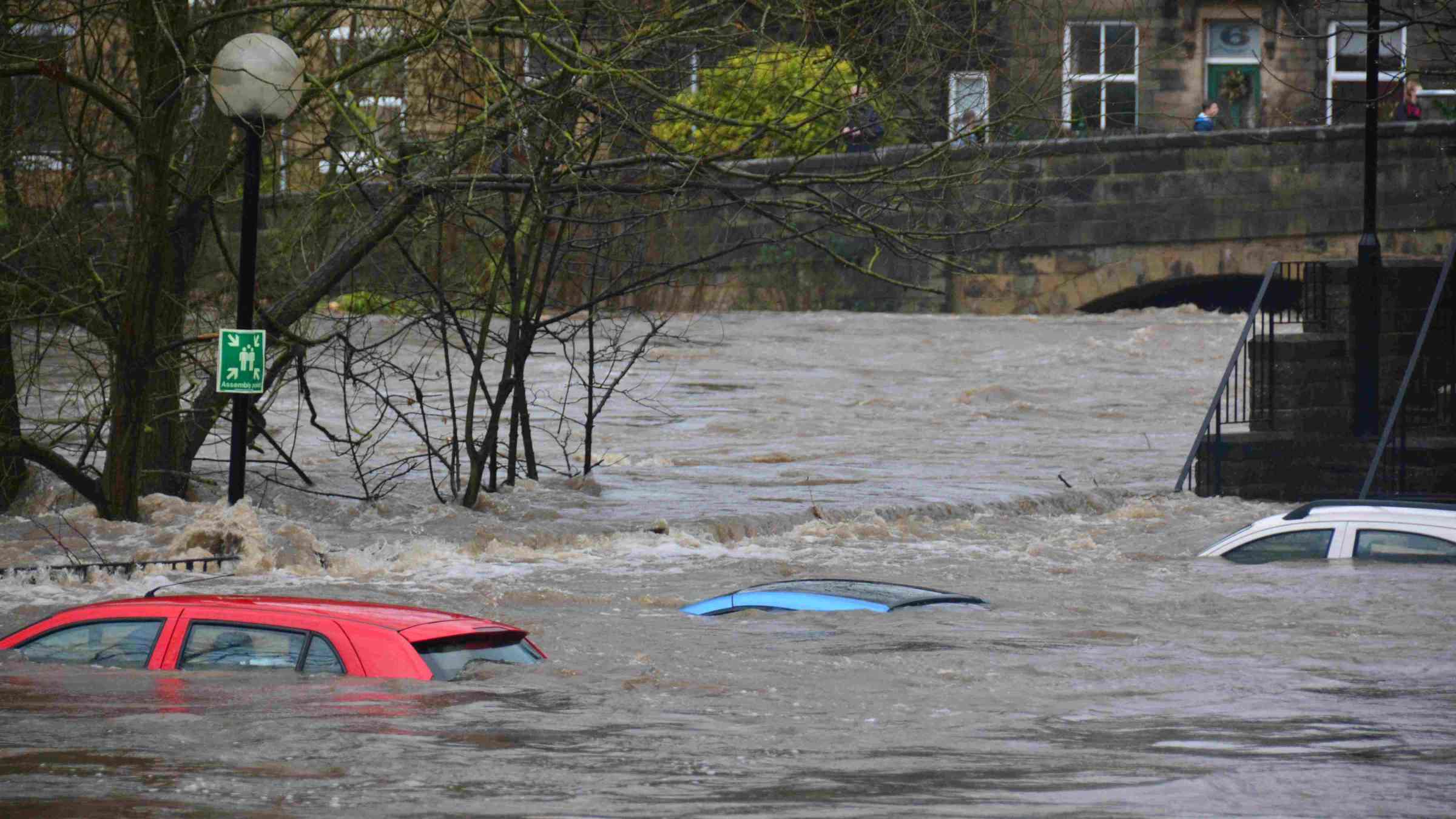How to design and implement a combined budget tagging system for disaster risk reduction and climate change adaptation

On Wednesday, November 22nd, 2023, about 300 public, private, international, civil and academic participants attended an online training on budget tagging for disaster risk reduction and climate change adaptation. The training was organised by the United Nations Office for Disaster Risk Reduction (UNDRR), the UNDRR Global Education and Training Institute (GETI), and the International Institute for Environment and Development (IIED).
The training was based on the “Budget Tagging for Disaster Risk Reduction and Climate Change Adaptation: Guide for design and taxonomy” and covered:
- The fundamentals, including key definitions, rationale and objectives of an integrated approach to DRR and CAA budget tagging.
- Country experience and impact, providing an overview of real cases and the associated impact of tagging systems on policy, budget allocation and expenditure.
- Design of a disaster and climate budget tagging system, covering the main considerations and content of the system and alignment with national priorities.
According to a survey conducted during the training, around 70% of participants believe that there is evidence of both DRR and CCA finance flows. However, the lack of coherence between the two limits coordinating policymaking. Additionally, over 70% of the participants indicated that different approaches to DRR and CCA budget tagging within one country are a major constraint for coordinated DRR and CCA policymaking. Both cases highlight the importance of an integrated approach to budget tagging.
Most of the participants of the training stated that the policies, programs, and budgets related to DRR and CCA are not effectively integrated in their respective countries or cities. It is not surprising that more than 40% of the participants emphasized the importance of budget tagging for DRR and CCA to track the implementation of strategies and action plans.
Overall, budget tagging can help improve the availability, quality, and comparability of data on domestic and international public finance for CCA and DRR. This can help raise awareness of financing gaps, improve transparency in decision-making, mobilize finance, and allocate budgets more effectively.
The training provided practical examples and case studies from different countries that have implemented or are planning to implement budget tagging systems for DRR and CCA. The online training allowed the participants to ask questions and share their views and experiences. Find the presentation from the training here.